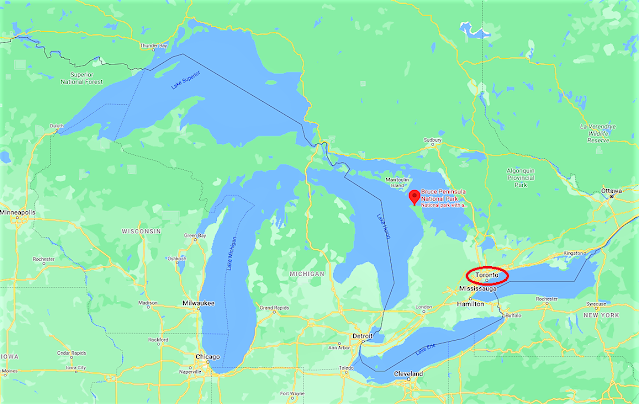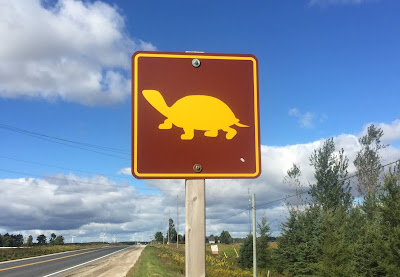March 18, 2018
Our last day with our guide Arnold Pedroza in Mexico was very full. The map below shows our starting point, Mexico City, on the left. The two black circles mark the two Volcanos Popo and Ixta (which we had already visited), and the three red circles on the bottom right are our three destinations of the day: Huejotzingo, Cholula, and Puebla.
Our first stop was Huejotzingo (see my last post), so our next stop was Cholula, population 120,000. Arnold told us it is the oldest still-inhabited city in the Americas, having been populated since the 2nd century BC.
It is said that Cholula has 365 churches, one for every day of the year or, alternately, one for every pre-Hispanic temple that used to be in the area. The truth is there are only a tenth that many churches--37 (or 159 if you want to be generous and include all the small chapels on the local haciendas).
There were two main sites we were interested in: The San Gabriel Franciscan Monastery and the Nuestra Señora de los Remedios (Our Lady of Remedies) Church.
We started at San Gabriel, built in the 1540s on top of a destroyed temple to Quetzalcoatl. The atrium, aka courtyard, enclosed by the monastery walls is huge.
There were several vendors set up in the atrium, and we (okay, I) couldn't resist this frothy cold cacao milk. Notice that there are TWO straws. It was so good that later on I bought a
molinillo, or a hand-carved tool used to create the froth, hoping to duplicate this drink at home.
Two churches are part of the monastery. The Capilla Real (Royal Chapel) was built in the 17th century, replacing the original chapel built here in 1540. I loved the brilliant gold color of this and the other churches we saw in Cholula.
























